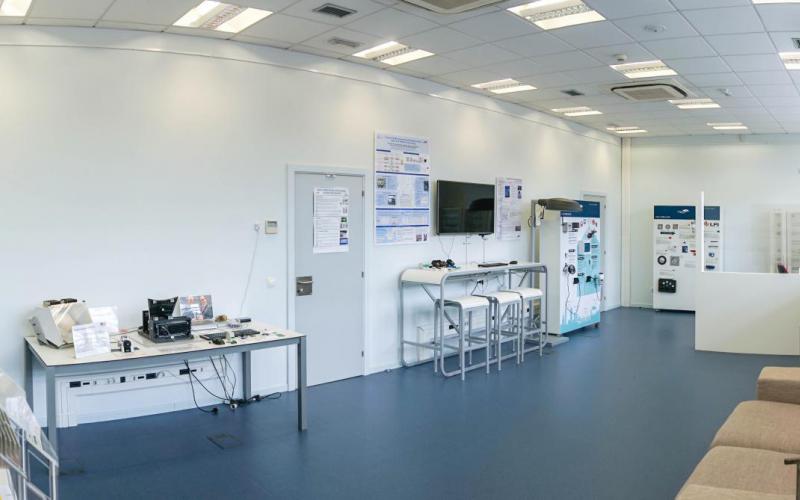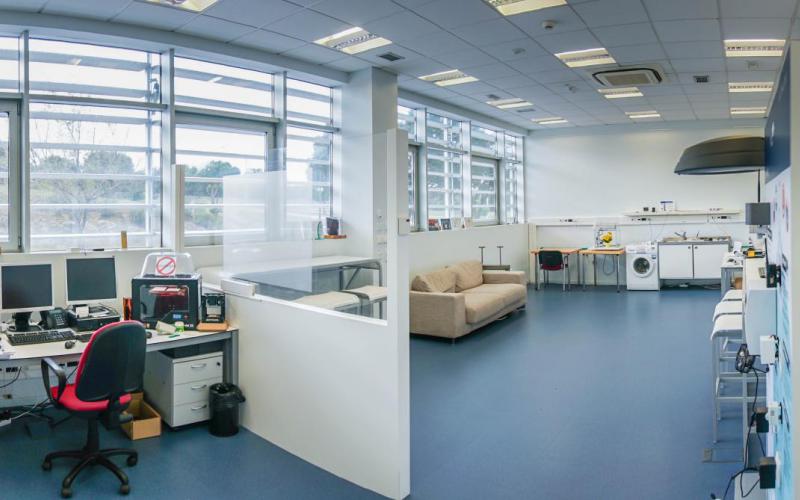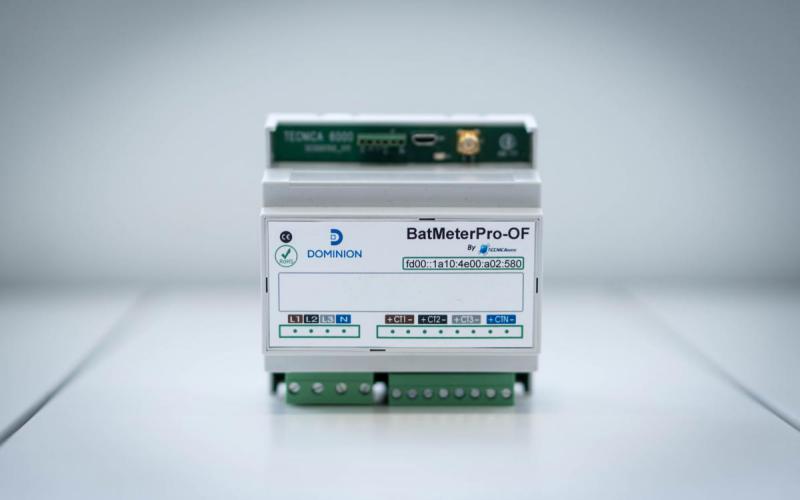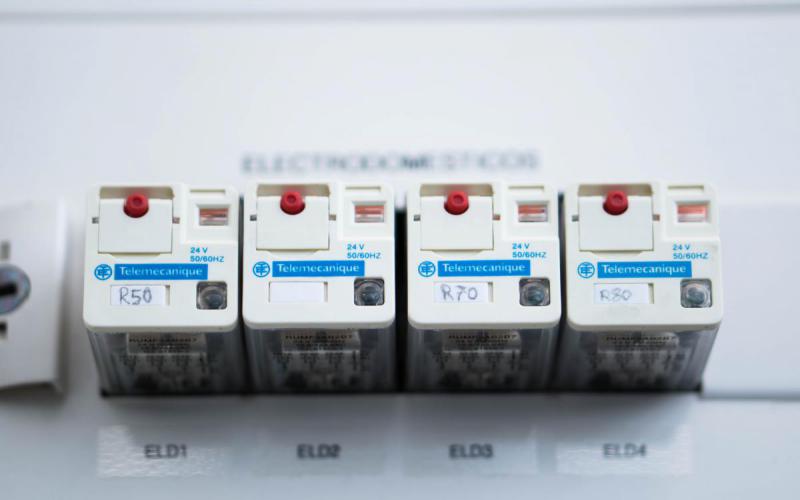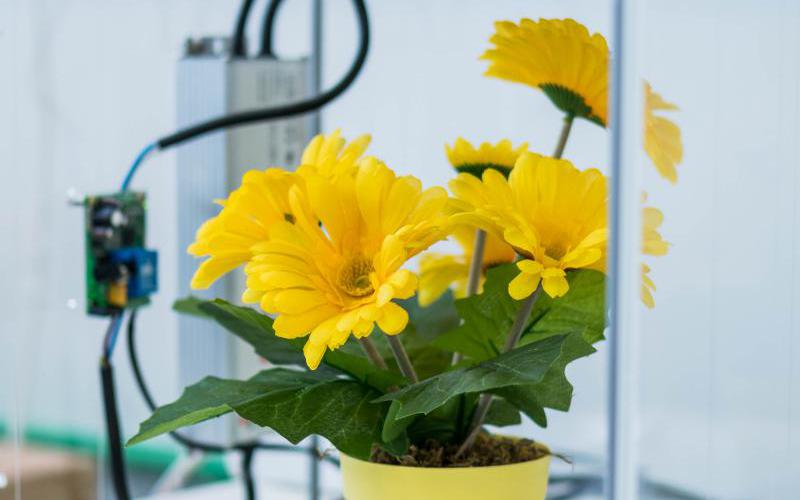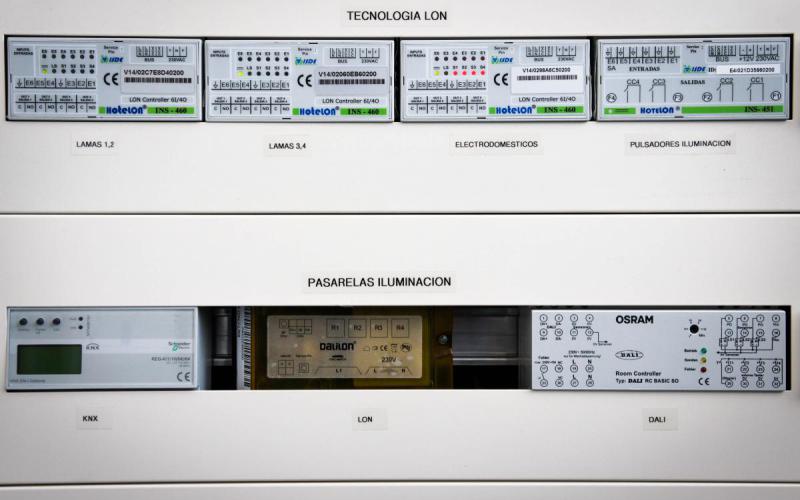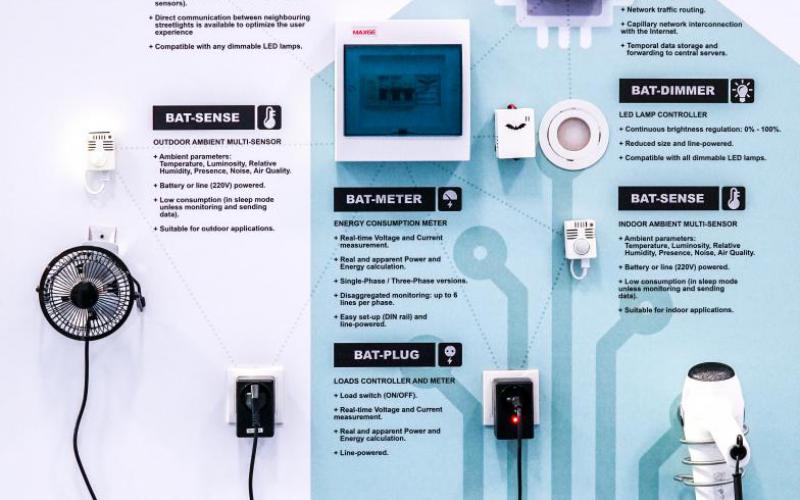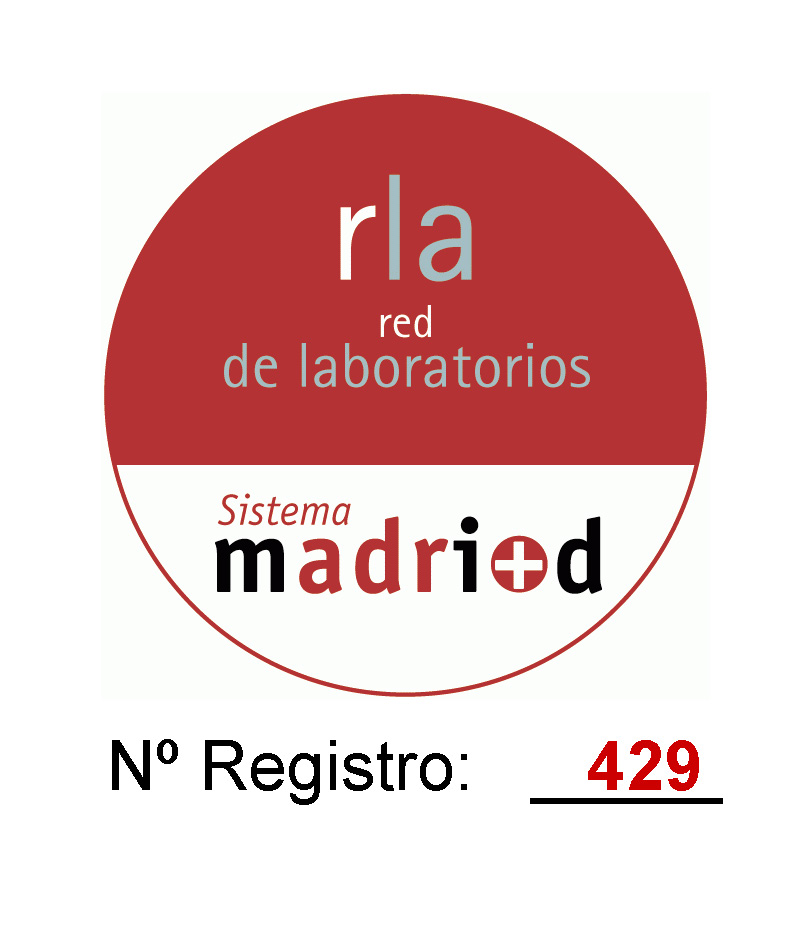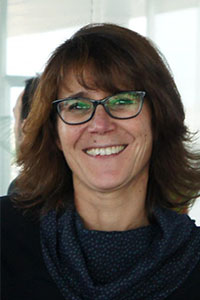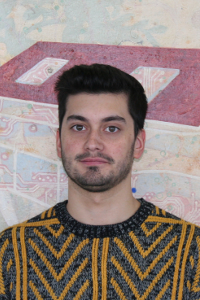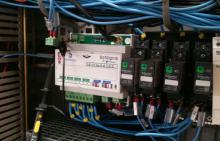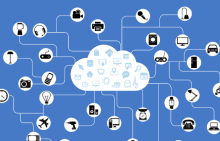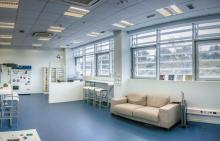Internet of Things Laboratory
Internet of Things Laboratory
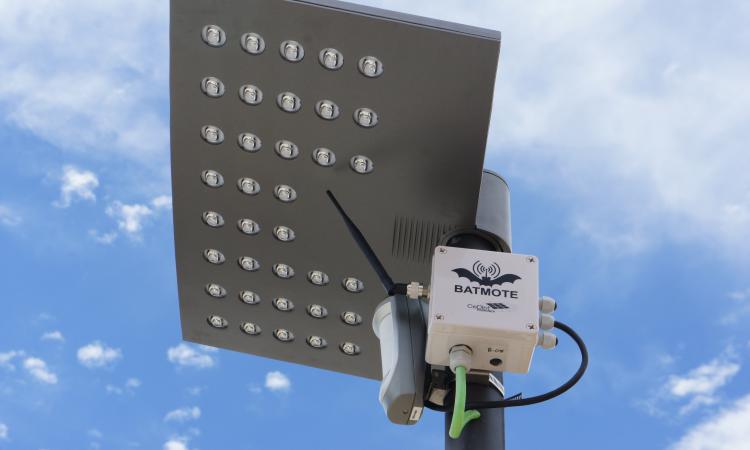
This IoT Lab focuses its activity in the usage of ICT-based tools to achieve a sustainable research. In this lab, devices for energy consumption monitoring are designed, developed and deployed. These devices are also able to act on loads (by switching them or reading state change signals) and affect energy consumption. These devices are part of a system called BatNet.
The activities which take place in this lab aim to achieve an energy efficient state by optimising energy consumption. This goal is approached through the installation of several devices to monitor relevant parameters such as temperature, humidity, luminosity, noise and power consumption. These devices are also used to modify the value of a set of parameters which manage lighting systems, HVAC systems or presence controlled systems. These functionalities are managed by means of a middleware and a set of applications which allow users to monitor and interact with those parameters.

